-
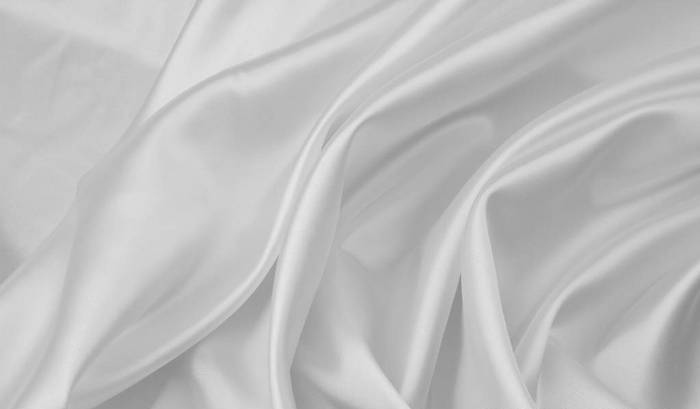
The Reasons and Solutions of Textile Yellowing
Under the external condition, as light and chemicals, white or light color material will have surface yellowing. That is called “Yellowing”. After yellowing, not only the appearance of white fabrics and dyed fabrics is damaged, but also their wearing and using life will be greatly red...Read more -
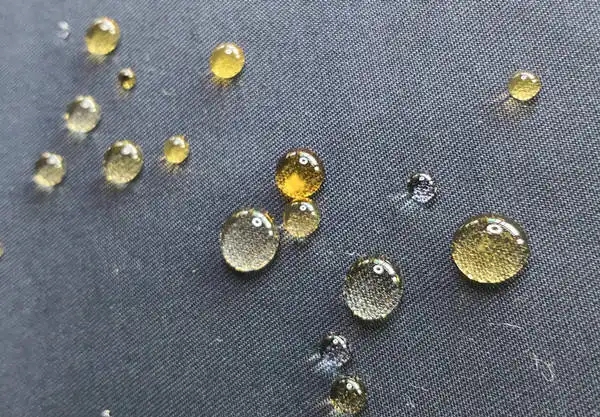
The Purposes and Methods of Textile Finishing
Purposes of Textile Finishing (1) Change the appearance of fabrics, as sand finishing and fluorescent brightening, etc. (2) Change the handle of fabrics, as softening finishing and stiffening finishing, etc. (3) Improve dimensional stability of fabrics, as tentering, heat setting finishing ...Read more -
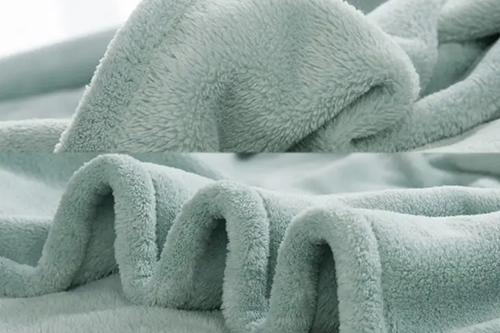
What Are the Differences among Polar Fleece, Sherpa, Corduroy, Coral Fleece And Flannel?
Polar Fleece Polar fleece fabric is a kind of knitted fabric. The nap is fluffy and dense. It has the advantages of soft handle, good elasticity, heat preservation, wear resistance, no hair slip and moth proofing, etc. But it is easy to generate static electricity and adsorb dust. Some fabrics wi...Read more -
Textile TerminologyⅡ
Yarns Cotton, Cotton Mixed & Blended Yarns Cotton Yarns Woollen Yarn Series Cashmere Yarn Series Wool (100%) Yarns Wool/Acrylic Yarns Silk Yarn Series Silk Noil Yarns Silk Threads Halm Yarn Series Linen Yarn Series Plant Yarns Manmade & Synthetic Yarns Acrylic Yarns Sunday Angora Yarns Po...Read more -
Textile TerminologyⅠ
Textile Raw Materials Plant Fibers Cotton Linen Jute Sisal Woollen Fibers Wool Cashmere Manmade & Synthetic Fibers Polyester Polyester Filament Yarns Polyester Staple Fibers Viscose Rayon Viscose Rayon Filament Yarns Polyproplyene Chemical Fibers Fabrics Cotton, Cotton Mixed & Blended Fa...Read more -
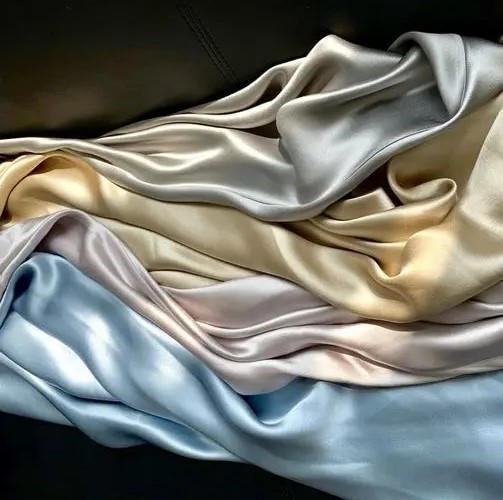
About Acetate Fiber
The Chemical Properties of Acetate Fiber 1.Alkali resistance Weakly alkaline agent almost has no damage to acetate fiber, so the fiber has very little weight loss. If in strong alkali, acetate fiber, especially the diacetate fiber, is easy to have deacetylation, which lead to weight loss and the ...Read more -

The Six Properties of Nylon
01 Abrasive Resistance Nylon has some similar properties with polyester. The differences are that the heat resistance of nylon is worse than that of polyester, the specific gravity of nylon is smaller and moisture absorption of nylon is greater than that of polyester. Nylon is easy to dye. Its st...Read more -

The Difference between Viscose Fiber, Modal And Lyocell
Ordinary Viscose Fiber The raw material of viscose fiber is “wood”. It is the cellulose fiber obtained by extracting from natural wood cellulose and then remodeling fiber molecule. Viscose fiber has excellent performance of moisture adsorption and easy dyeing. But its modulus and stre...Read more -
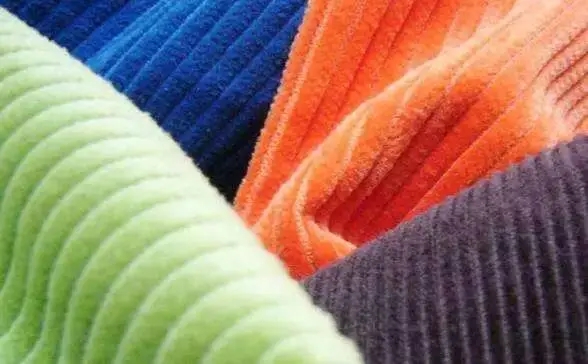
The Shrinkage Rate of Various Fabrics and The Influencing Factors
The Shrinkage Rate of Various Fabrics Cotton: 4~10% Chemical Fiber: 4~8% Cotton/ Polyester: 3.5~5.5% Natural White Cloth: 3% Blue Nankeen: 3~4% Poplin: 3~4.5% Cotton Prints: 3~3.5% Twill: 4% Denim: 10% Artificial Cotton: 10% Factors Influencing Shrinkage Rate 1.Raw material Fabrics made of diff...Read more -
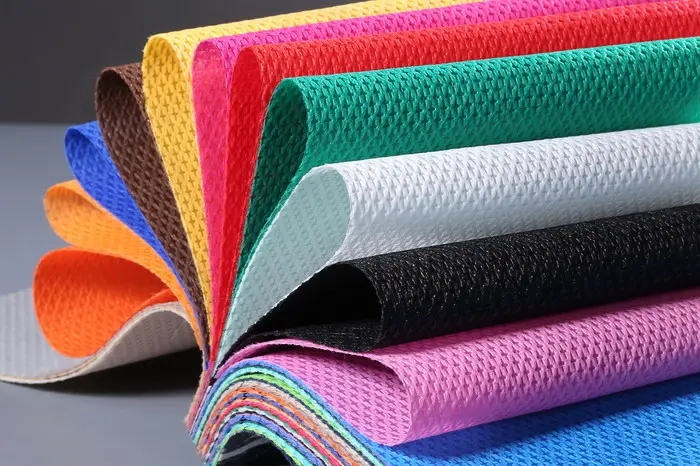
Classification and Application of Nonwovens
Nonwovens are also called nonwoven fabric, supatex fabrics and adhesive-bonded fabrics. The classification of nonwovens is as following. 1.According to manufacturing technique: (1) Spunlace non-woven fabric: It is to spray a high-pressure fine water flow onto one or more layers of fiber mesh,...Read more -

About Different Cotton Yarn
Cotton is the most widely used natural fiber in garment fabric. Its good moisture absorption and air permeability and soft and comfortable property make it be favored by everyone. Cotton clothing is especially suitable for underwear and summer clothing. Long Staple Cotton Yarn and Egyptian Cott...Read more -

What are the influences of loom tension of organzine on product quality?
During weaving, the loom tension of organzine not only directly affects the running of production, but also seriously affects the product quality. 1.The influence on breakage Organzine comes out from the warp beam and is woven into fabric. It must be stretched and rubbed for thousands of times by...Read more











